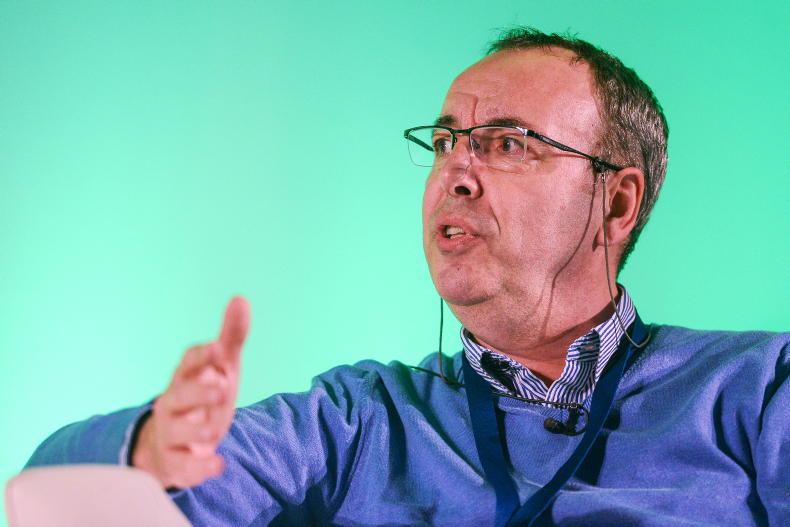Breeder rewards, reliable breeding and performance data, preventing the reckless use of new breeding technologies – these are the issues that inspired Belgium’s Koen Terryn to undertake the difficult task of creating the worldwide sport horse database Hippomundo in 2014. When speaking with Koen last week I found this innovative pioneer still as driven as ever to combat these challenges that so effect the industry.
Armed with a vast background in IT and thoroughbred sales, Terryn was the right man to take on the task of bringing transparency to sport horse breeding. But he recalls many sleepless nights as he sought the support of so many factions and organisations within the sport.
“Each had its own reasons for not working together,” he notes.
But seven costly years on, he is happy to report that with 12 people employed, Hippomundo is now consulted in 146 countries and having broken even for the first time in 2020, its future is guaranteed.
Having bought a stud farm in the new millennium Terryn opted for sport horse breeding. But he goes on to record the difficulties he encountered when researching the background of sport horse mares he wished to purchase.
“When I was a bloodstock agent, I would know exactly the pedigree of thoroughbred horses at sales, but this was not the case for sport horses. When I met with the International Equestrian Federation (FEI), I was told ‘you will never get the stud books to work together.’ This made me furious and so I started to try and do it. First the Belgian BWP stud book came on board, Zangersheide followed. Many more have joined since then and there are more in the pipeline. However getting the pedigrees was only half the battle: we then combined breeding data with the sport results. When a stud book partners with us our data and theirs is shared, sports results are public property and not exclusively that of any group or organisation.”
He wants to see a 5% premium from all prize money won at 1.45m and higher going to a horse’s breeder. Also he envisions the database exercising control over some new breeding practices, like the harvesting of eggs from mares which can allow a dam to produce up to 22 foals in one year.
“One I know of has already bred 85. That is not breeding. It is just multiplying and breeders are digging their own grave,” he notes.
Terryn’s envisioned central database could prevent such an obscenity from happening





SHARING OPTIONS